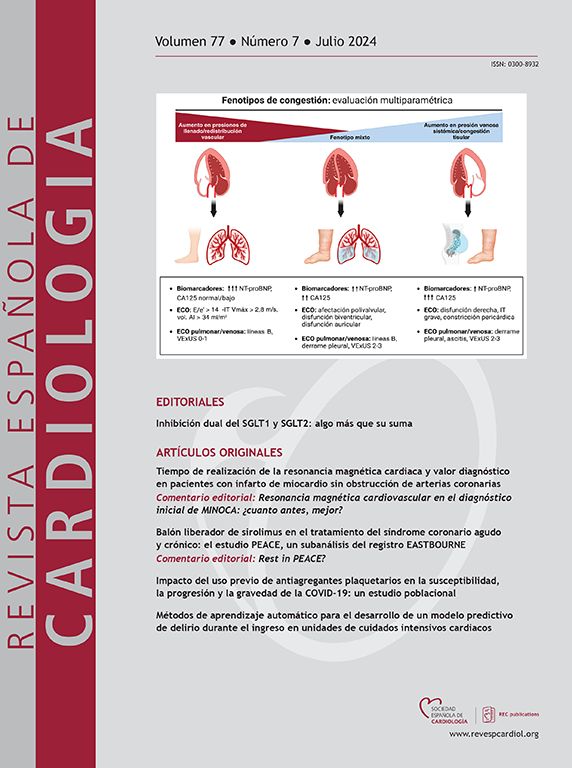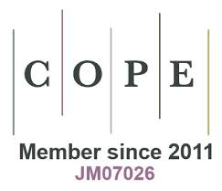Las declaraciones de conflicto de intereses de los autores y revisores están disponibles en la página web de la ESC: www.escardio.org/guidelines.
Ambos coordinadores contribuyeron de forma similar a la elaboración del presente documento.
Entidades de la ESC que han participado en el desarrollo del presente documento: Asociaciones: Asociación de Cuidados Cardiovasculares Agudos (ACCA), Asociación Europea de Imagen Cardiovascular (EACVI), Asociación Europea de Prevención y Rehabilitación Cardiovascular (EACPR), Asociación Europea de Intervencionismo Cardiovascular Percutáneo (EAPCI) y Asociación de Insuficiencia Cardiaca (HFA).
Grupos de Trabajo: Farmacología Cardiovascular y Tratamiento Farmacológico, Cirugía Cardiovascular, Fisiopatología Coronaria y Microcirculación, Cardiología Nuclear y TC Cardiaca, Trombosis y Resonancia Magnética Cardiovascular.
Consejos: Práctica Clínica de Cardiología y Atención Cardiovascular Primaria.
El contenido de estas guías de práctica clínica de la ESC se publica para uso exclusivamente personal y educativo. No está autorizado su uso comercial. No se autoriza la traducción o reproducción, en ningun formato, de las guías de la ESC ni de ninguna de sus partes sin un permiso escrito de la ESC. Se puede obtener el permiso enviando una solicitud por escrito a Oxford University Press, la empresa editorial de European Heart Journal y representante autorizado de la ESC para gestionar estos permisos.
Descargo de responsabilidad. Las guías de práctica clínica recogen la opinión de la ESC y se han elaborado tras una consideración minuciosa de la evidencia disponible en el momento de redactarlas. Se anima a los profesionales de la sanidad a que las tengan en plena consideración cuando ejerzan su juicio clínico. No obstante, las guías de práctica clínica no deben invalidar la responsabilidad individual de los profesionales de la salud a la hora de tomar decisiones adecuadas a las circunstancias individuales de cada paciente, consultando con el propio paciente y, cuando sea necesario y pertinente, con su tutor o representante legal. También es responsabilidad del profesional de la salud verificar las normas y los reglamentos que se aplican a los fármacos o dispositivos en el momento de la prescripción.










